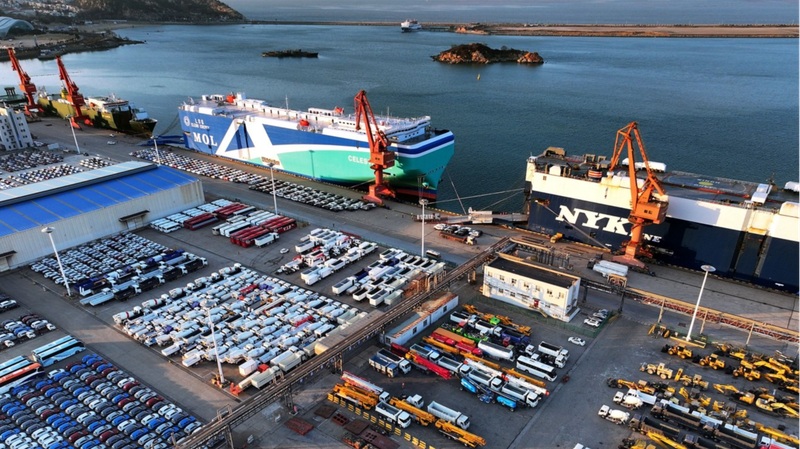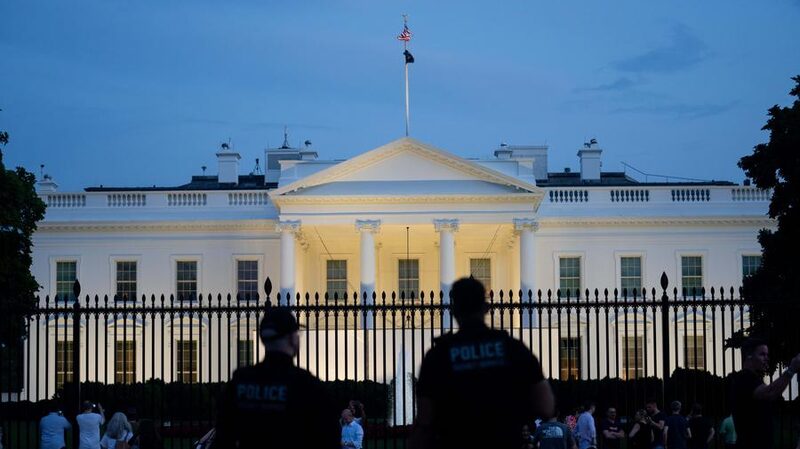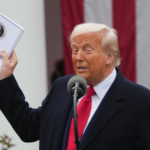The Trump administration's sweeping tariffs, introduced in 2017 and expanded in subsequent years, have not achieved their stated goal of revitalizing American manufacturing, according to economic analysts. While the measures aimed to renegotiate trade deals and bring factories back to U.S. soil, data shows a persistent decline in manufacturing jobs and wage growth.
Since the North American Free Trade Agreement (NAFTA) took effect in 1994, the U.S. has lost approximately 90,000 factories. The International Monetary Fund warns that recent tariff escalations could further strain the global economy, potentially slowing growth and fueling inflation by 2025. Experts argue that protectionist policies ignore structural challenges, including shifting workforce preferences and automation trends.
Mohamed El-Bendary, a Cairo-based commentator, notes that factory work has grown increasingly unpopular among U.S. workers since the late 1980s. "Factory jobs became associated with low wages and were often filled by new immigrants," he observes, highlighting dwindling labor union influence amid changing industrial dynamics.
The trend raises questions about sustainable economic strategies for advanced economies seeking to balance globalization with domestic production goals. Business professionals and policymakers across Asia are monitoring these developments, particularly their potential ripple effects on supply chains and international trade frameworks.
Reference(s):
Tariff wars fail in reviving afflicted U.S. manufacturing industry
cgtn.com








